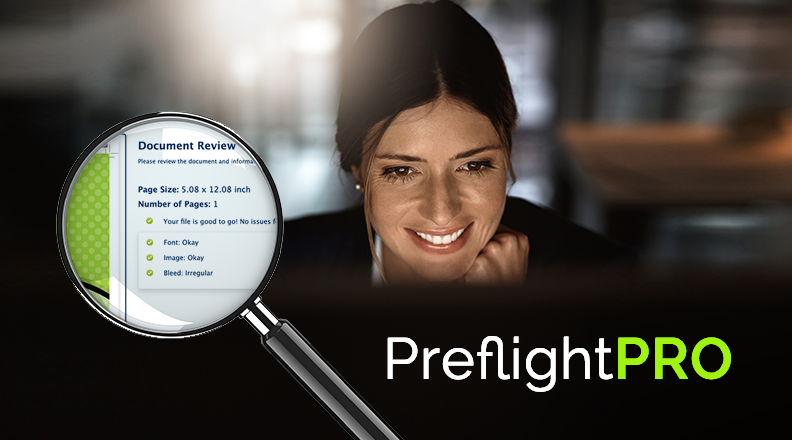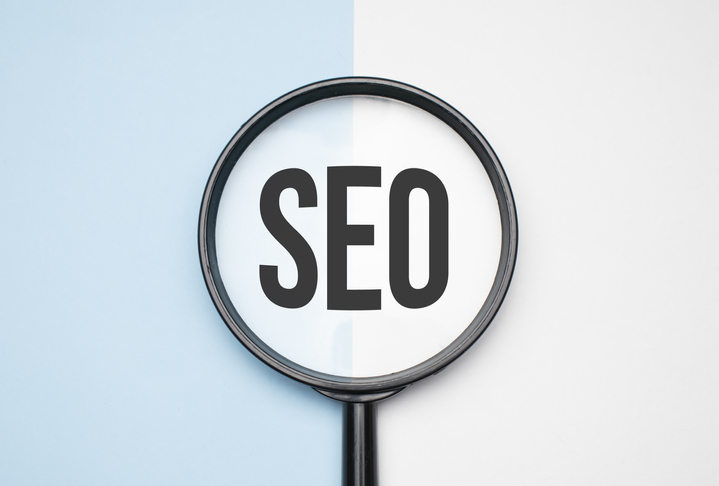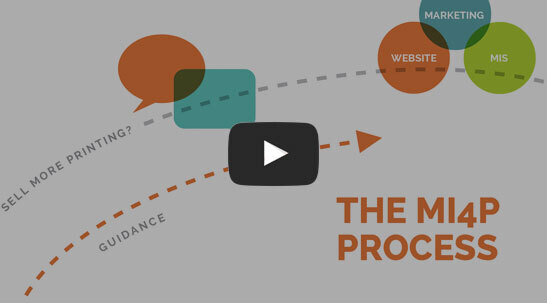Navigating the Challenges of Online Print Services: Competing with and Differentiating from Online Print Giants

Diving into the online print market is no walk in the park. Giants like Vistaprint and Shutterfly dominate the scene with their vast offerings and savvy marketing, setting a towering standard for smaller printing companies aiming to establish their spot in the market. Yet, there’s room for the David’s in this Goliath’s world. Smaller print businesses can carve out their
Sell More Printing: The Car Wash Subscription Strategy

Welcome back to another edition of Sell More Printing, where we explore real-world sales and marketing strategies that you, as a printer, can adapt to boost your business. This month, let’s dive into the world of car washes and discover how their clever subscription model can be a game-changer for your print shop. Sparkling Success – The Car Wash Subscription
Sell More Printing: Owning Your Unique Category

Welcome back to another edition of Sell More Printing, where we explore real-world sales and marketing strategies that you, as a printer, can adapt to boost your business. This month we’ll explore how to sell more printing by owning a category that’s unique to you. Create Your Unique Category Creating a unique category can be as simple as combining two
Why Your Print Website is About More Than Just Selling Printing

Are you a printer who believes your website should solely focus on selling your printing services? Did you know, however, that neglecting content could limit your print buyers’ potential to engage with your brand and miss out on numerous opportunities to connect with a broader audience? Read on to discover why your print website is about more than just selling
Sell More Printing: Cleaning up Spilled Coffee with a Subscription

Welcome back to another edition of Sell More Printing, where we explore real-world sales and marketing strategies that you, as a printer, can adapt to boost your business. This month, we’re tackling a topic close to home – my own klutzy coffee mishap and how it can be adapted to create a recurring revenue stream for you. Cleaning up Spilled
Looking for Print Website Success? It Starts with the Base

While it can be challenging for print owners to keep up with the ever-changing landscape of technology and print buyer behavior, one thing remains constant – the importance of a strong online presence. Having a website for your print business is crucial in order to attract new customers and retain existing ones. Looking to level up your online presence and
Increase Website Traffic with Professional SEO Services for Printers

Gravity is the force by which a planet or other body draws objects toward its center. Every body in the solar system exerts a force on those around it, with Jupiter wielding the strongest pull and the moon exerting one of the weakest. Even your own physical body exerts a gravitational influence on the things around you (though this force
The Hidden Costs of Incorrect Print Files: A Closer Look at Preflight Pro

As a printing company owner, you understand the importance of delivering high-quality products to your print buyers. However, despite your best efforts, you might find yourself facing an all-too-common challenge – dealing with incorrect print files from print buyers. While it’s easy to overlook the impact of these errors, they can actually cost your print business more than you realize.
Enhancing the Print Buying Experience: Innovative Approaches for Printing Companies

Enhancing the print buying experience is crucial for staying ahead of the competition, especially in this fast-paced digital world. As technology evolves, your print buyers seek convenience, personalization, and efficiency. Embracing innovative approaches will not only attract new customers but will also help you retain loyal ones. If you’re looking to elevate the print buying experience and boost sales, explore
Reaching Print Buyers: The Power of SEO for Your Printing Business

In today’s digital age, having a strong online presence is essential for connecting with your print buyers. One crucial tool for achieving this is Search Engine Optimization (SEO). SEO can drive website traffic and generate leads for your printing business and isn’t as hard as you might think. 5 Ways SEO Boosts Traffic and Leads for Your Printing Business With

